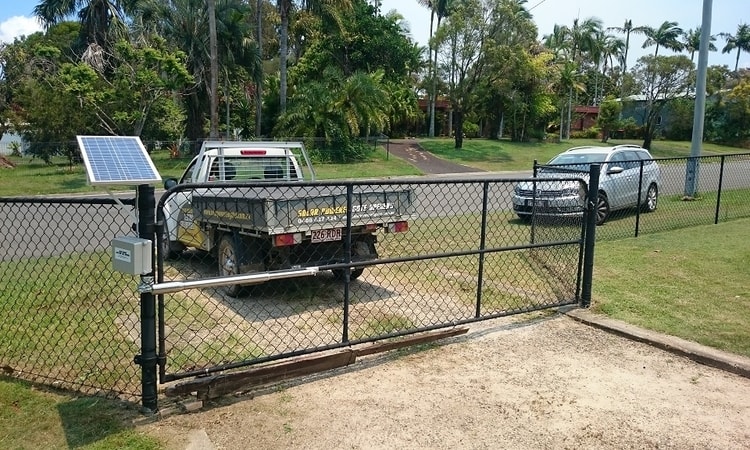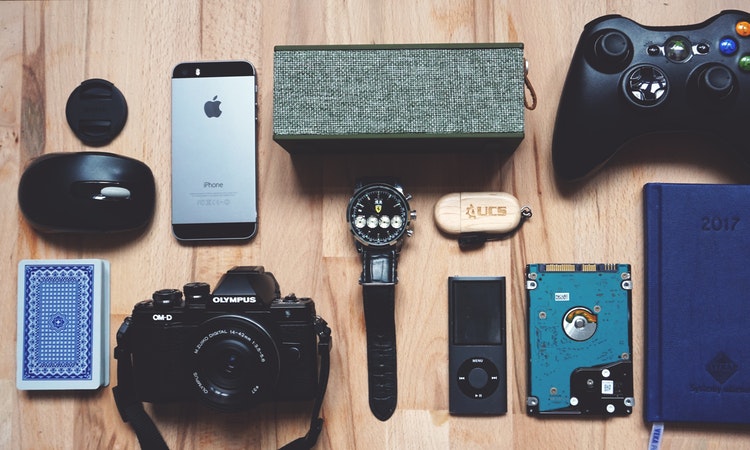A Business About Luggage Wrap Manufacturing – An Overview

Those of you who have traveled across the world and have boarded international flights would have seen that the luggage you carry with you is first submitted at the counter where it gets tagged and sent to the cargo.
Before it is loaded in the plane, the luggage you submit gets thoroughly packed using a luggage wrapping machine. The wrap is made of plastic and is thoroughly packed all over the luggage which is mostly trolley. This is done to ensure that in between the traveling, nobody gets a hand on your luggage and doesn’t try to peek into your luggage.
The method of wrapping is very fast and efficient and it takes only a minute to wrap your luggage using the wrap. All this is done using the wrapping machine that is commonly used at all international airports.
The luggage wrapping method is also used for other different reasons as well. Especially when you are shipping your articles through cargo from one location to another, in order to ensure the safety of luggage, such wrapping is used.
Nowadays, packers and movers also use this wrapping to pack articles before they ship it from one place to another.
All about Luggage Wrap Manufacturing:
In order to wrap a luggage using the plastic foil, you need a wrap machine along with the plastic wrap. The plastic roll is placed in the machine and the thin place is rolled around the luggage. The base on which the luggage is placed revolves around and the plastic film covers and wraps the luggage from all sides.
This is how a luggage is wrapped using the plastic film through the machine. In order to perform the whole process, one needs the machine along with the plastic roll. Now our focus is on plastic roll manufacturing.
The plastic wrap that is used is made from plastic components that are usually transparent and thin but at the same time very durable. These wraps are quite thin but are strong enough.
These sheets are made by combining thousands of small monomers that lead to a long chain. This method and process is called polymerization. These flexible and durable thin plastic films are polymers that are made from ethylene and acetylene.
The Process:
Nowadays, most of the manufacturing happens by using reusable plastics and polymers. Most common is usable by small plastic crystals or cubes. These are melted at 400 degree plus temperature and are melted.
Pressure and oxygen is used to convert the ethylene into chains of polymers that combine each other to give the shape of plastic. The process of extrusion requires the heating of plastic granules at 100 degree Celsius and for PVC 400degree Celsius and more.
The melted polymer is then passed through a die which leads to formation of plastic paste from a tube. Then a blow of oxygen is passed in order to make the bubble out of the melted plastic. This bubble stretches the plastic to its required thinness.
The bubble is passed through the metal roller where the bubble cools down immediately. After going through the roller, the plastic bubble takes the shape of a thin plastic roll which then gets rolled by a roller then can roll layers of plastic which can weigh several kilos.
The rolled plastic sheets are of huge size. They are then cut according to the required size and then are rerolled into small cardboard rolls. They are later packed and shipped to the desired location for sale.
Quality Control:
The quality of the plastic film needs to be durable, and strong. Therefore, it has to go through three important tests of permeability, tear strength and impact resistance. Different companies offer different levels of quality and as per specific requirement and price.
The permeability of the plastic is determined by two types of tests which ensures the quality of plastic film. In order to ensure that no water passes through the film, tests are done.
The first is the water vapor test where a dish is filled with water and then is heated at a suitable temperature. The dish is covered with a thin plastic film sample. Before heating, the weight of after is taken and after a brief period of time, again, the weight of the dish is taken.
The difference between the two weights determines how much water has passed through the film. Calcium chloride in a dish is also used to measure the permeability of the plastic film where the increase in weight of the dish is taken since calcium chloride absorbs water highly.
Another method is the gas method where two chambers are made and are separated by the plastic film. The one chamber is filled with gas and pressure of 100 kilopascal is applied while the other chamber remains vacuum connected with a mercury tube. After a brief period of time, the rise in mercury level determines the amount of air permeated through the plastic film.
Tear strength and impact resistance is determined by stretching the plastic with the strength until the plastic starts to tear. The force required is recorded. Heavy weights are dropped on the stretched plastic film in order to check the impact resistance.
When the plastic passes all the levels, it is fit for use and then its quality is certified.
Usage and Advantages of Plastic Film:
- Luggage goes through various types of strain and stress. Sometimes it is dragged, sometimes it is stuffed with other luggage. Many times it gets wet in rain. In order to avoid any kind of damage to the luggage, thin plastic film is wrapped around the luggage.
- The process of wrapping is not very costly and is affordable
- Not much training and skill is required to use wrapping machine
- Takes very small time to wrap the luggage
- Can wrap almost all size and shape of luggage in minutes
- Ensures safety of luggage so that no one peeps into the luggage or tries his hand over it.
- Ensures safety from theft
Thus, luggage wrapping roll has become a necessity to ensure safety of luggage and the requirement of such wraps has increased with time. If one invests in manufacturing such plastic films, then it is a very profitable business that can give you good returns.
FAQs
Luggage wrap manufacturing is the production of protective covers for suitcases and other baggage. These wraps provide a tight seal around the luggage so that it is secure for transport and protected from the elements.
To begin, high-quality fabrics are cut to the standard dimensions necessary for the desired size of the wrap. This cover is then sewn or glued to a plastic sheet, creating the waterproof and dustproof seal of the luggage wrap.
Luggage wraps provide an additional layer of protection against dirt, dust, moisture and other damages that can occur while traveling. It also helps prevent wear and tear on the exterior of your luggage.
Most luggage wraps are made from a combination of high-grade thick fabric and clear plastic. This combination of materials is both lightweight and durable, providing the ideal solution for protecting your belongings.
This will vary depending on the size and complexity of the wrap, however most manufacturers can produce a standard product within 1-2 weeks.
Yes, most manufacturers can offer custom producst based on your size, style and color requirements.
Luggage wraps offer superior protection than using plastic wrap, as they cover both the exterior and interior of your luggage. The fabric is made to create a snug barrier without leaving gaps or corners exposed, ensuring your items remain secure throughout your travels.
Yes, most producers of Luggage Wraps will use fabrics that are certified as eco-friendly and made with a lower environmental impact.
Luggage Wraps should be stored in a clean, dry place that is free from dust and moisture. When not in use, it is important to keep the Wrap sealed to prevent any contamination.
Yes, when washing a Luggage Wrap it is important to use a mild detergent and cold water. It is also important to avoid putting the Wrap in the dryer, as this can cause premature wear and tear.






